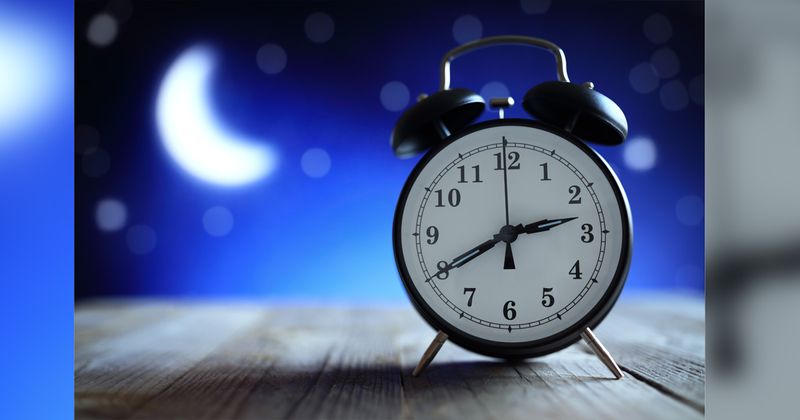BLOG: Daylight saving time and insulin pump clocks
After a very long year, it is once again time to spring forward for the daylight saving time change, coming up this Sunday, March 14, at 2 a.m.
Since my first post on this topic 5 years ago, I have written about the potential health hazards resulting from daylight saving time (DST) including higher incidence of myocardial infarction on the Monday following the DST change.

Insulin pumps do not automatically adjust time; the pump user needs to adjust the time manually for DST, when changing batteries, and whenever the insulin pump device shuts down. Incorrect time settings on the insulin pump will result in incorrect insulin delivery if the patient uses multiple basal rates or multiple insulin-to-carb ratios. Inadvertent hypoglycemia or hyperglycemia may result from incorrect insulin pump time settings.
To raise awareness for the medical community, our group at MSU has presented multiple case reports about the insulin pump clock glitches at national endocrine meetings. Further, we published a review article about this glitch.

In prior posts, I expressed my personal dislike of the DST changes in March and November. In October, I reported here that, finally, serious legislative considerations — in several states — are underway in the quest to end the biannual rituals of changing from standard time to daylight saving time. As I noted then, during the last 3 years, 13 states enacted legislation to provide for year-round daylight saving time if Congress were to allow such a change and, in some cases, if surrounding states would enact the same legislation, according to the website of the National Conference of State Legislatures. Full-time DST is not currently allowed by federal law and would require an act of Congress to make a change.
At a time when we have lived tremendously stressful days since the COVID-19 pandemic hit us, it may not be a bad idea to have some fun talking about DST. In an article published March 10 in AZ Central, the author, Shanti Lerner, wrote about how Arizona does not observe DST, except for a part of the state. Because of that, people living in Arizona have some difficulties related to DST, as interestingly highlighted by Lerner:
“Arizona is on Mountain Standard Time. When the rest of the country goes on daylight saving time in the spring, Arizona is 3 hours behind our East Coast friends and 2 hours behind Chicago. When daylight saving time ends in November, we're 2 hours behind the East Coast. Take that into account so you don't miss out on that important work call, job interview or chat with mom and dad. ”
As we “spring forward” this weekend, this is a reminder to people with diabetes who use insulin pumps to remember to adjust the time setting on their pump clocks. For patients using insulin pumps in Arizona, if you live in the part of the state that observes DST, please remember to spring forward this weekend. If you live in the other part of the state that does not observe DST, you are all set!
Collapse
